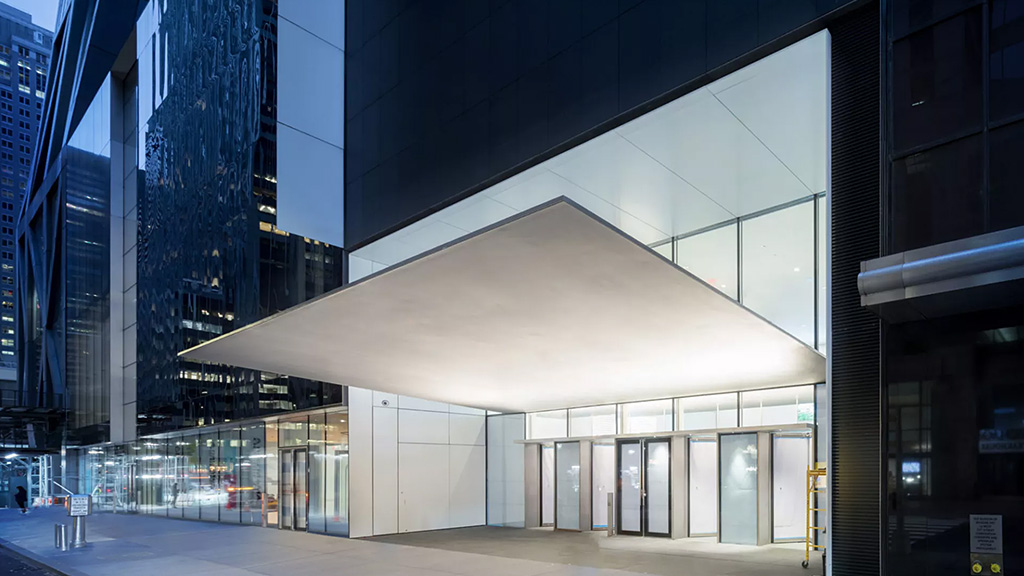Culture & Museums
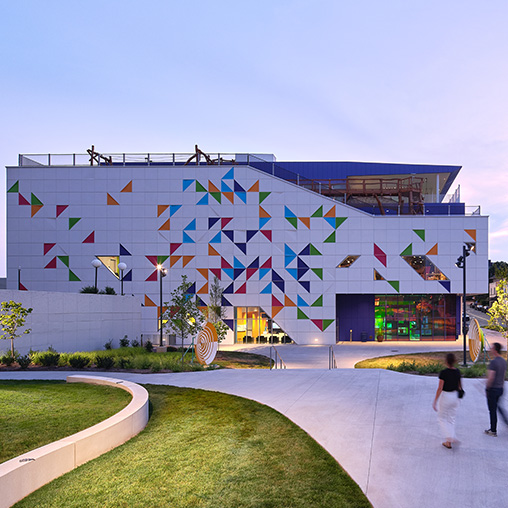
Kaleideum
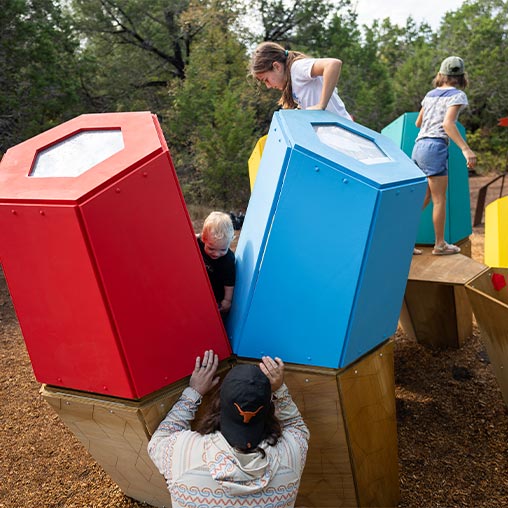
Perch Play Fortlandia
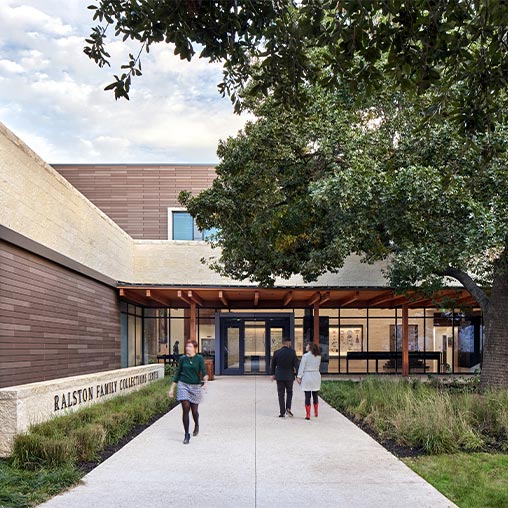
Alamo Ralston Family Collections Center

Pillsbury Creative Commons
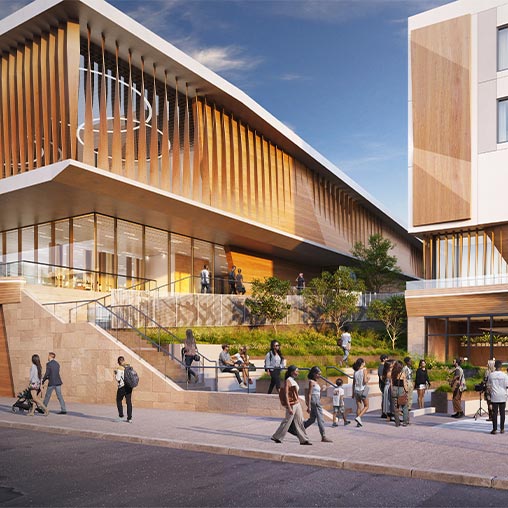
Black Ensemble Theater
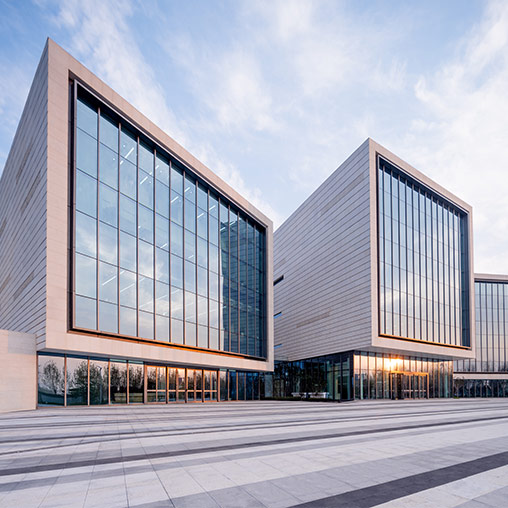
Yantai Huang-Bohai Sea New Area Industrial Culture Center
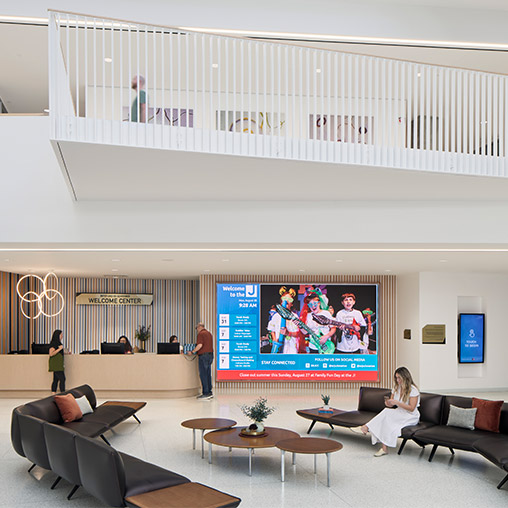
Evelyn Rubenstein Jewish Community Center of Houston
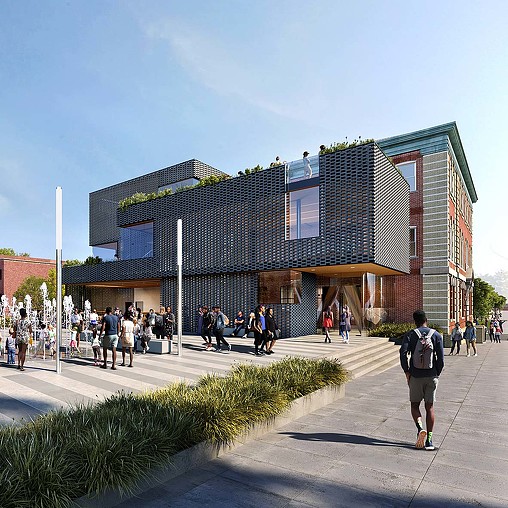
Newark Community Museum
of Social Justice
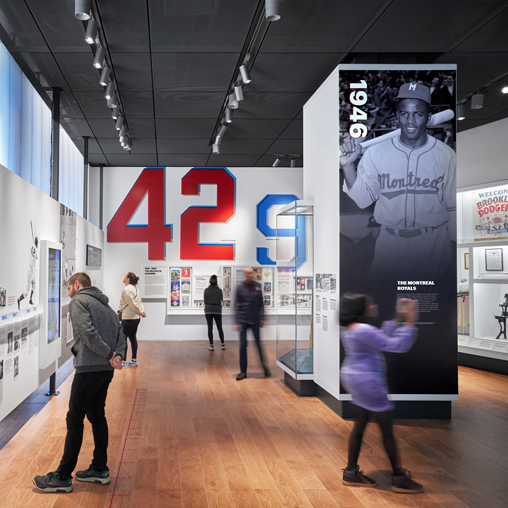
Jackie Robinson Museum
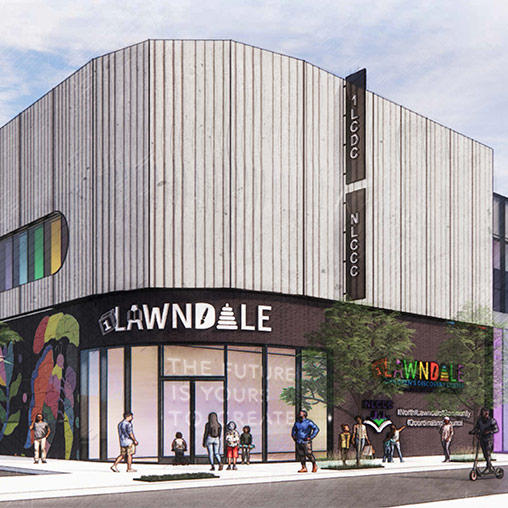
Lawndale Gateway Project
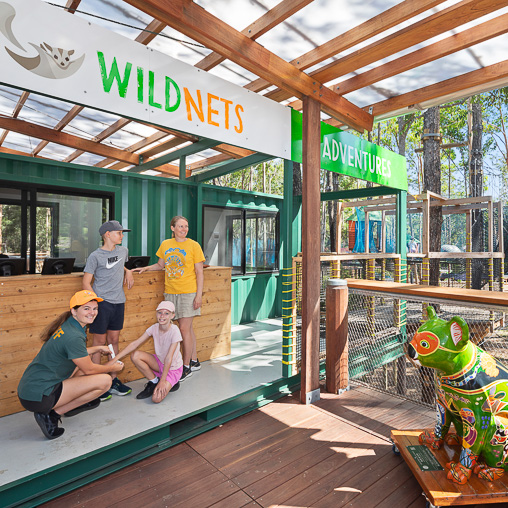
Guulabaa (Place of Koala)
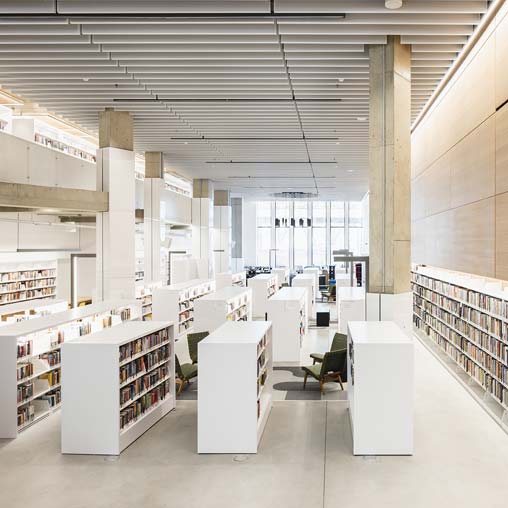
Brooklyn Public Library,
Brooklyn Heights Branch
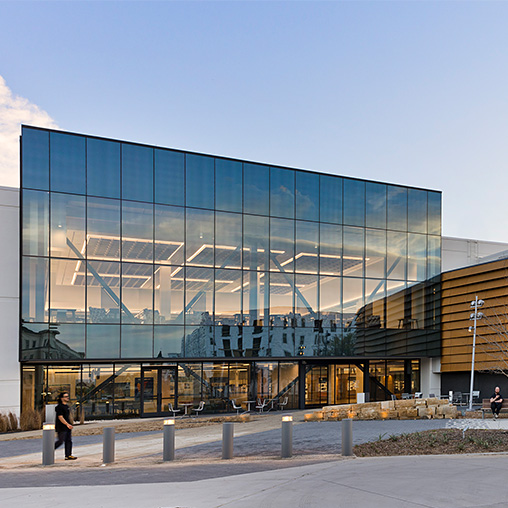
Frisco Public Library
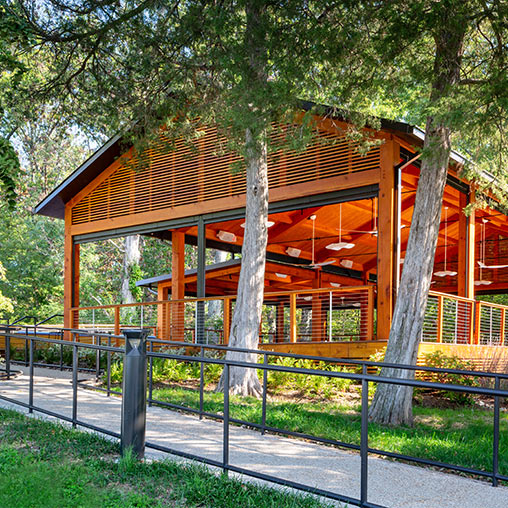
Wolf Trap Pavilions
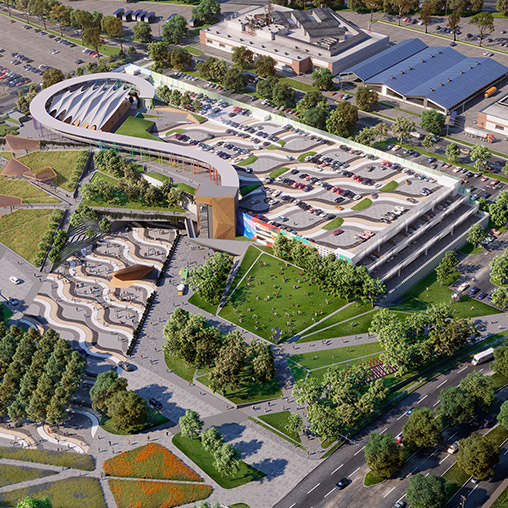
Fair Park Fitzhugh Parking Structure
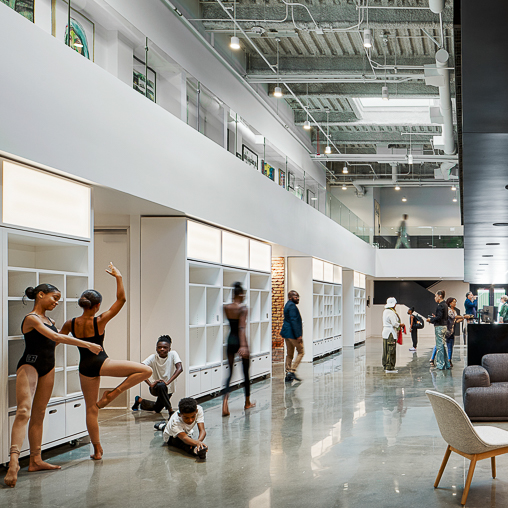
Debbie Allen Dance Academy
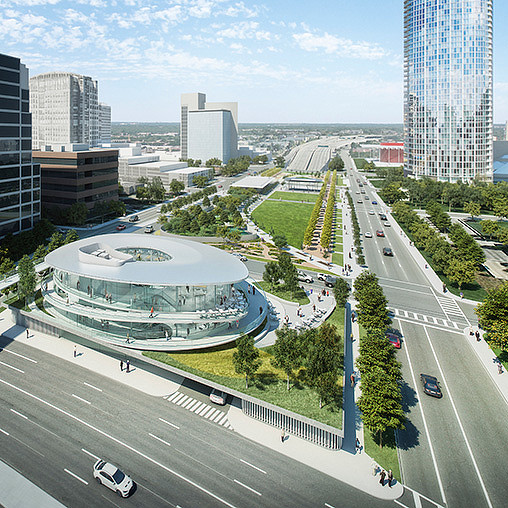
Klyde Warren Park 2.0
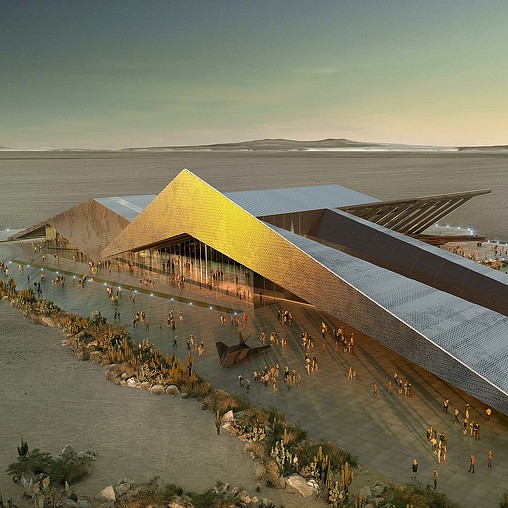
Air Force Flight Test Museum and STEM Center
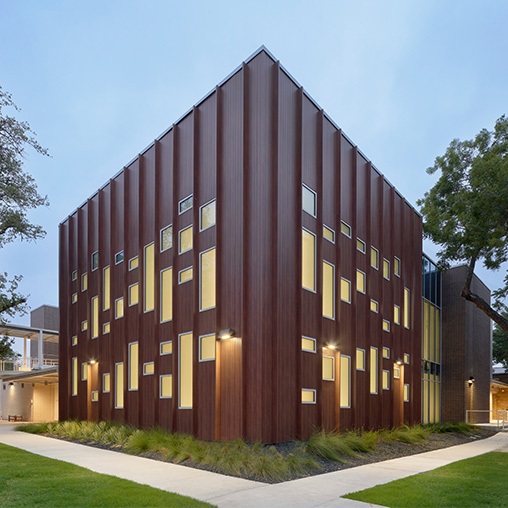
First Unitarian Church Fellowship Hall
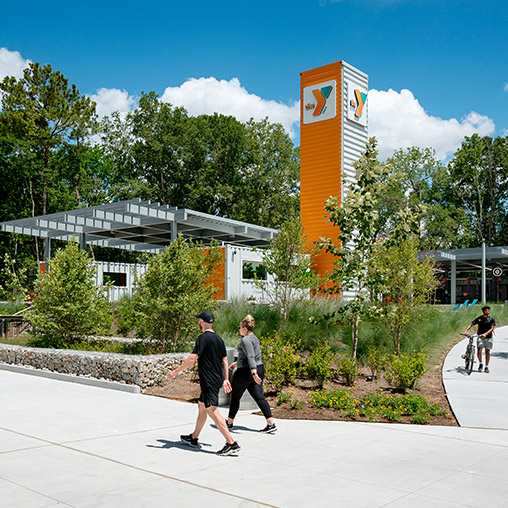
Holcomb Family YMCA
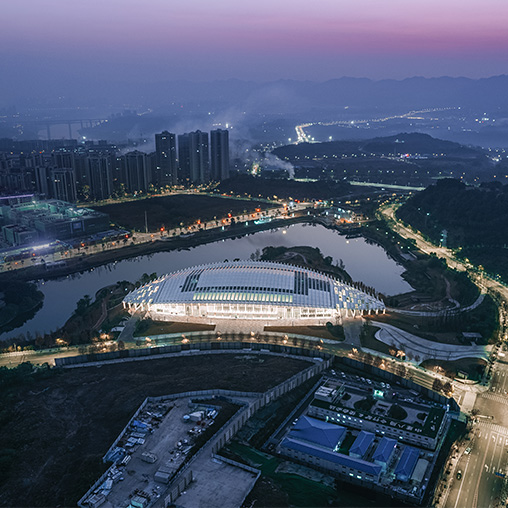
Lijia Smart Hall
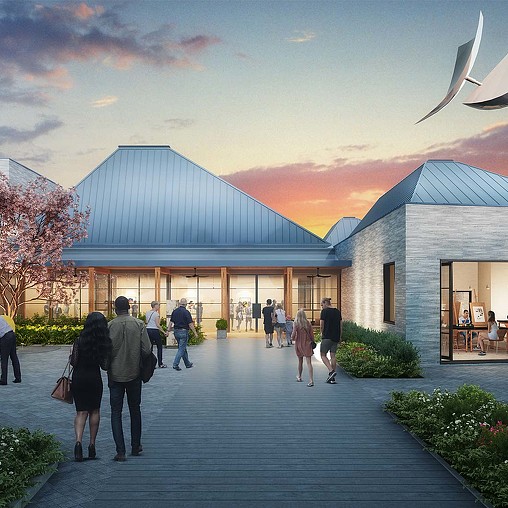
LaGrange Art Museum
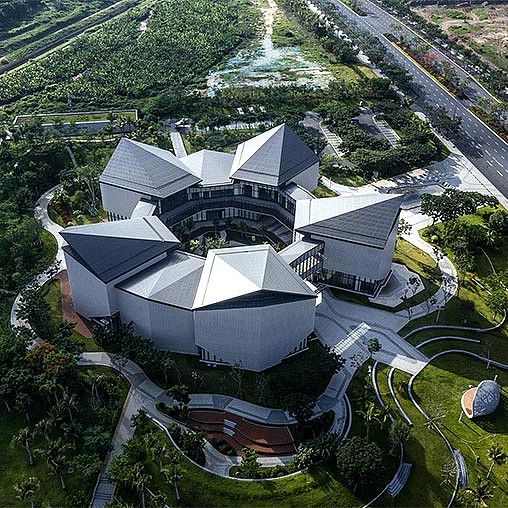
Sanya Yazhou Bay Science and Technology City
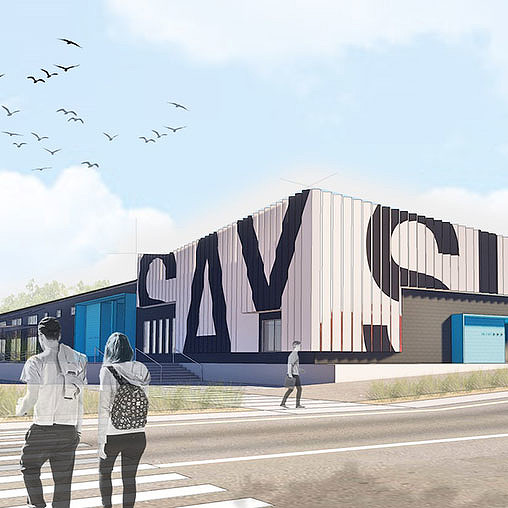
SAY Sí Community Arts Center
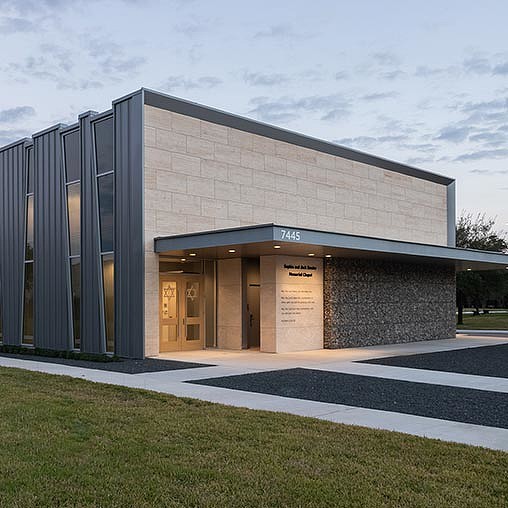
Beth Yeshurun Sophia and Jack Bender Memorial Chapel
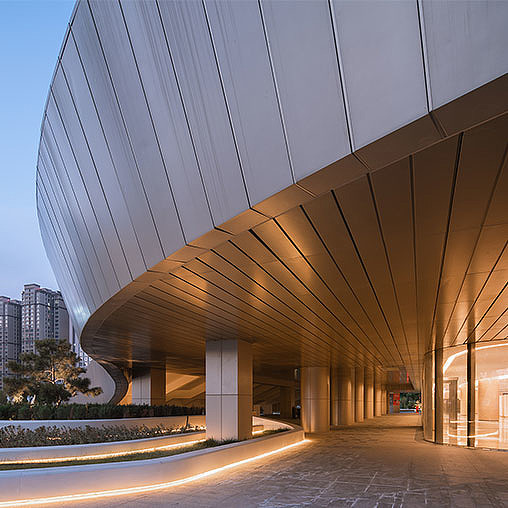
Yulin Grand Theatre
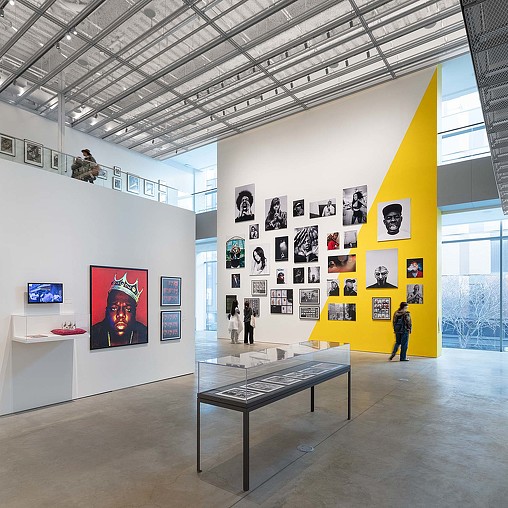
International Center of Photography
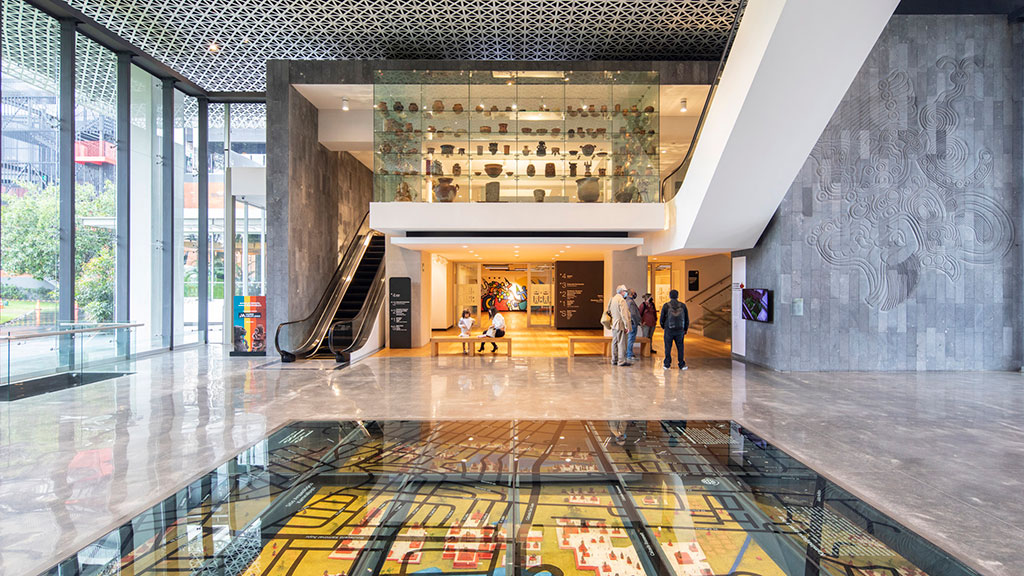
Energy Meets Art: How Museums Are Rethinking Climate Control
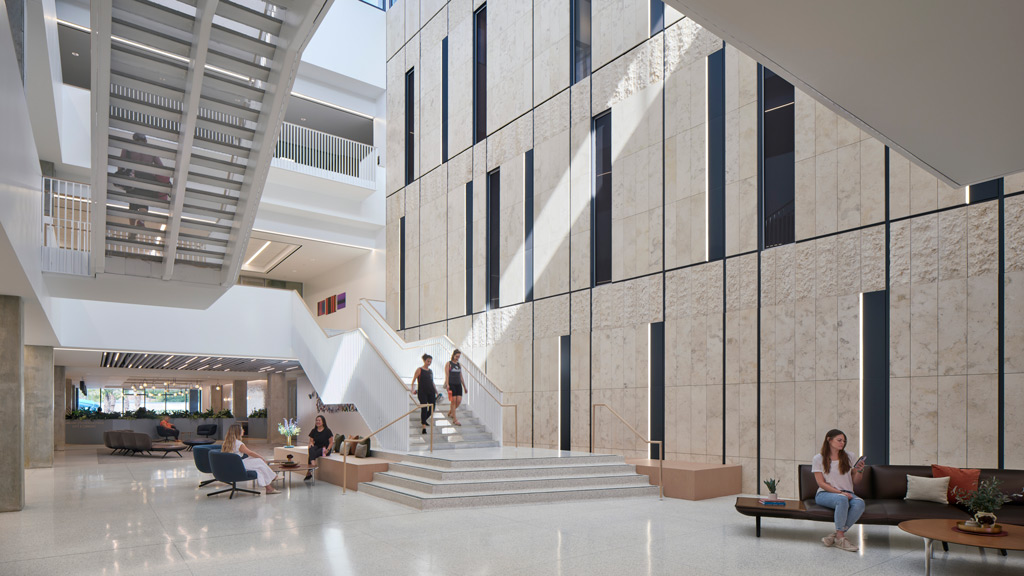
Bringing Community to the Community Center
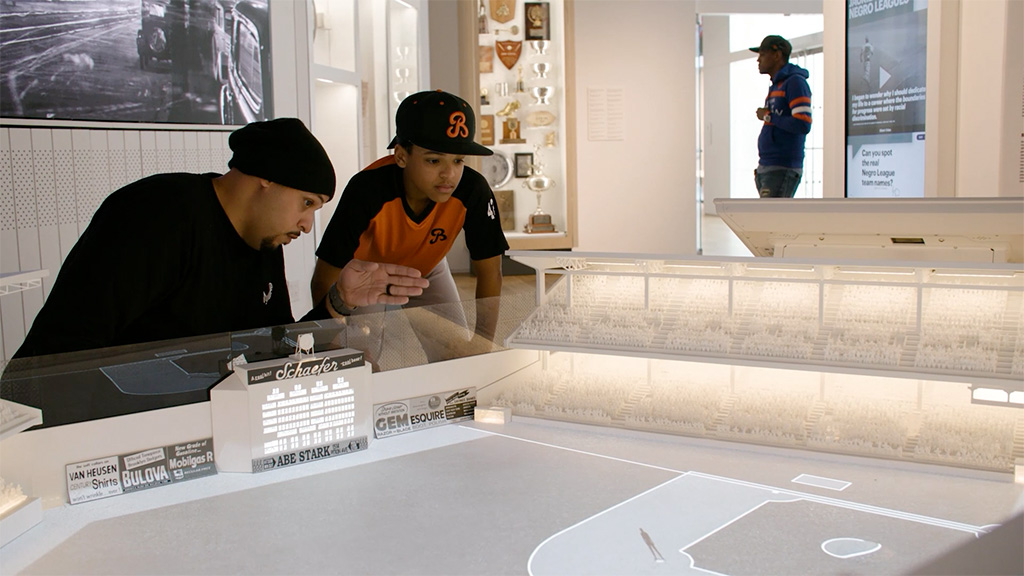
Beyond the Screen: Exploring the World of Museums and Experiential Technology
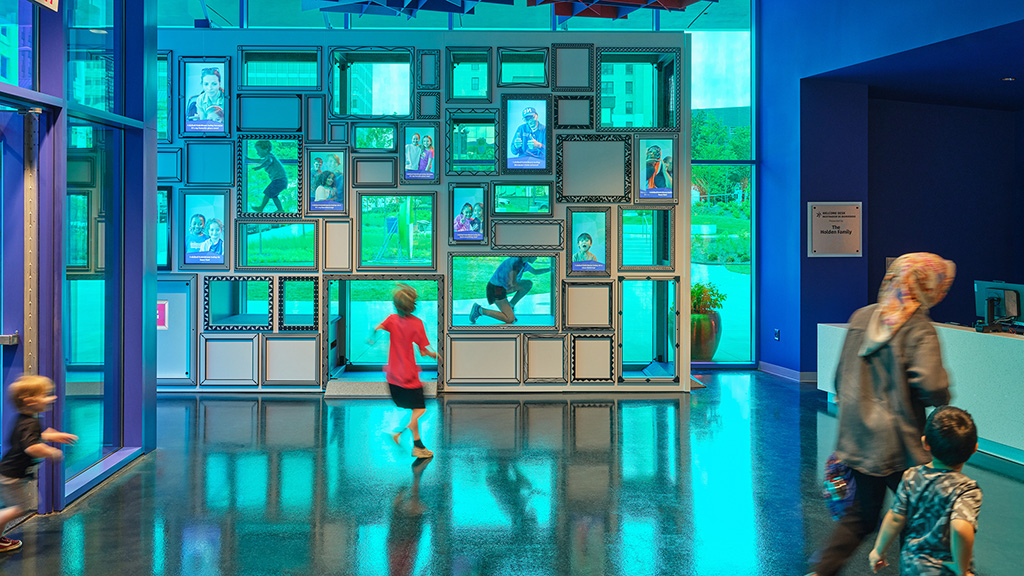
Creating a Range of Entry Points to Engage New Museums Audiences
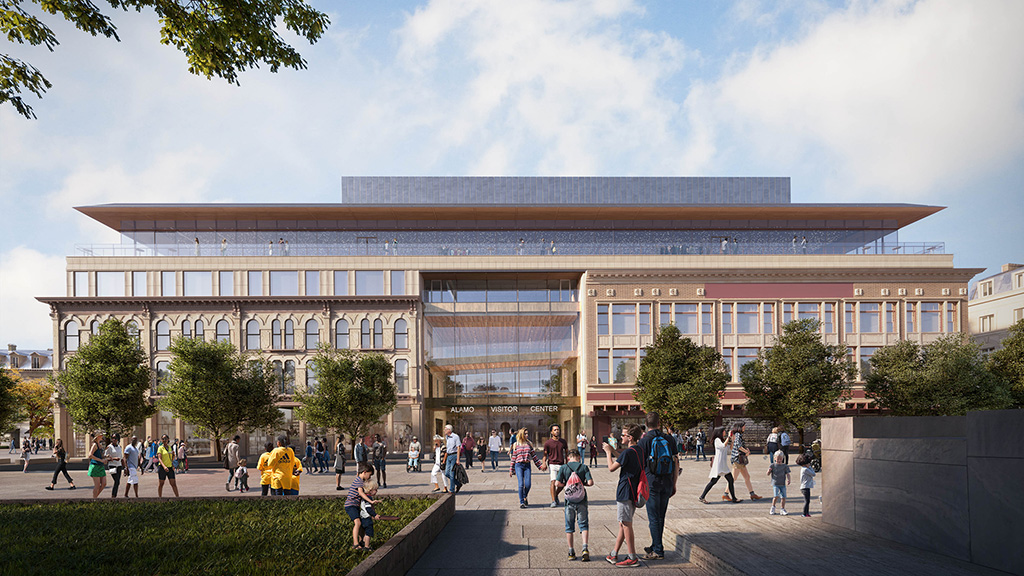
The Evolution of the Museum
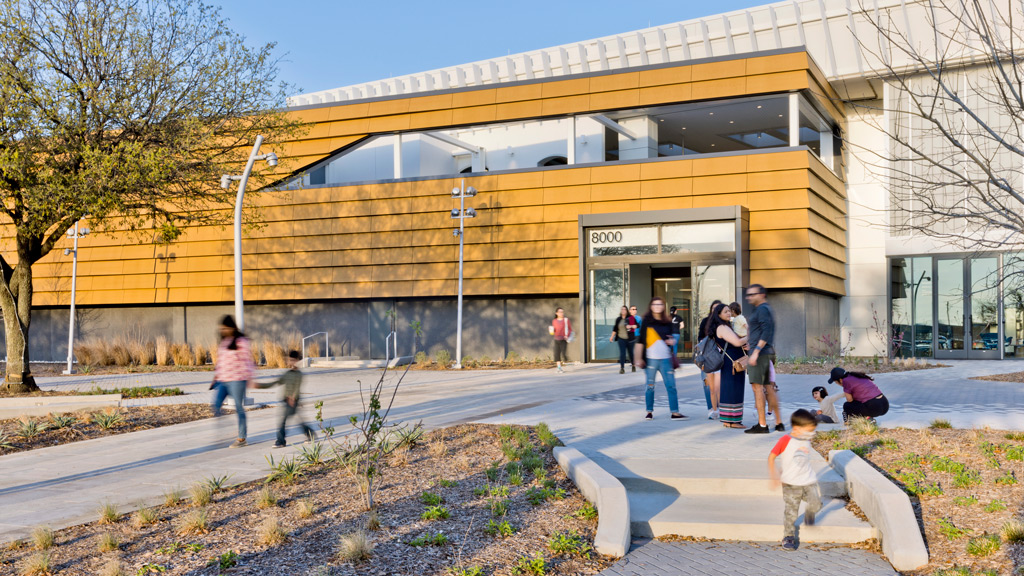
Inclusive Design for the 21st Century Library
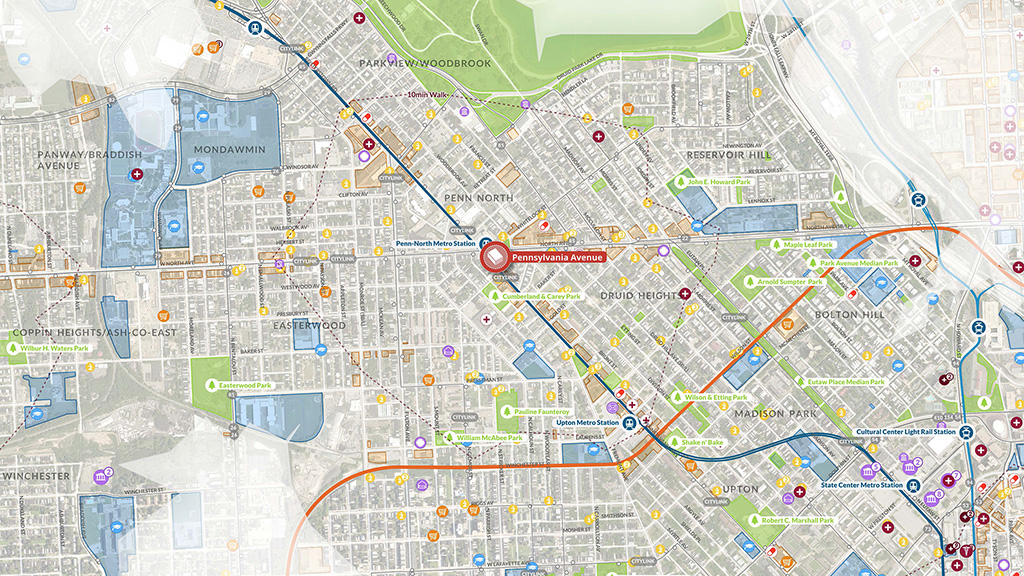
A New Tool Helps Organizations Maximize Their Community Impact
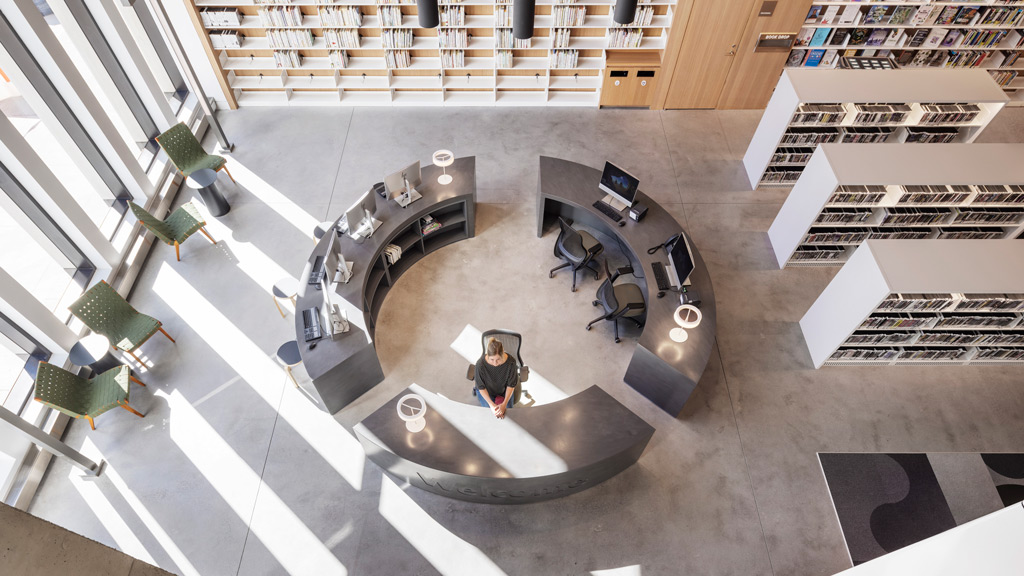
How Public Libraries Are Building Community
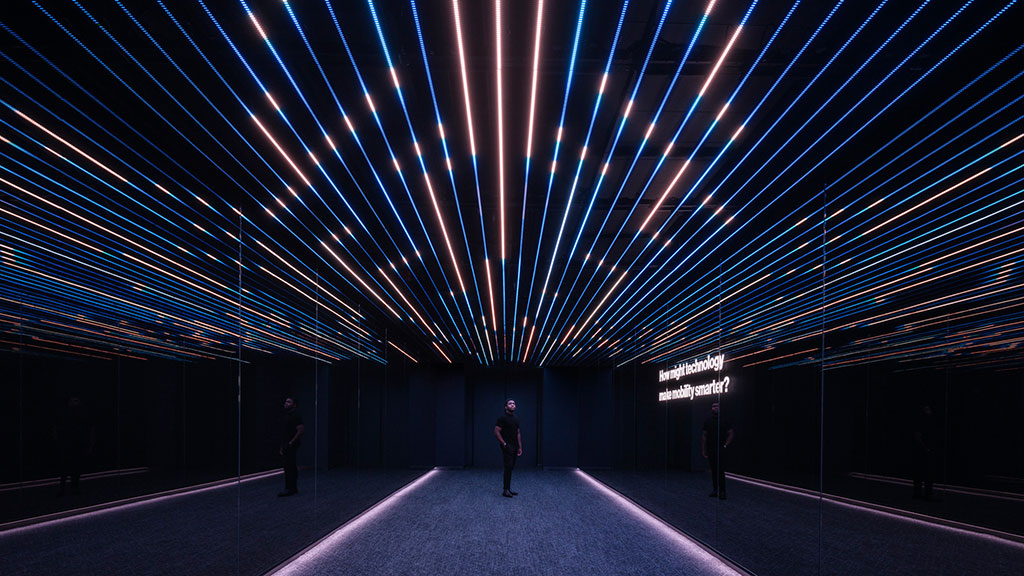
Immersive Experiences: A Movement Beyond Fad

Beyond Books, Libraries Are Vital Community Hubs
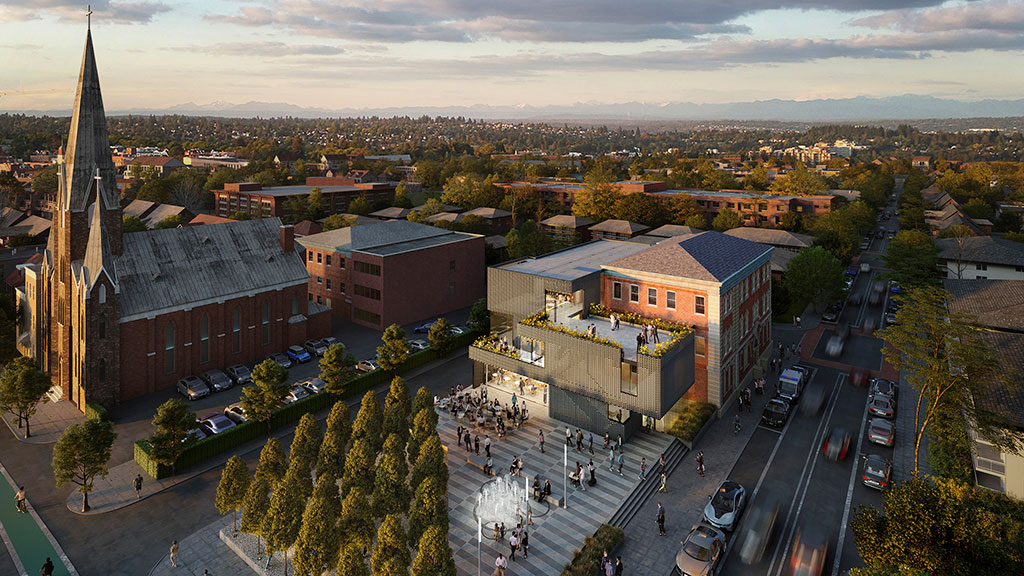
Equity and the 20-Minute Neighborhood

What Is the Architect’s Role in Creating Equitable Communities?
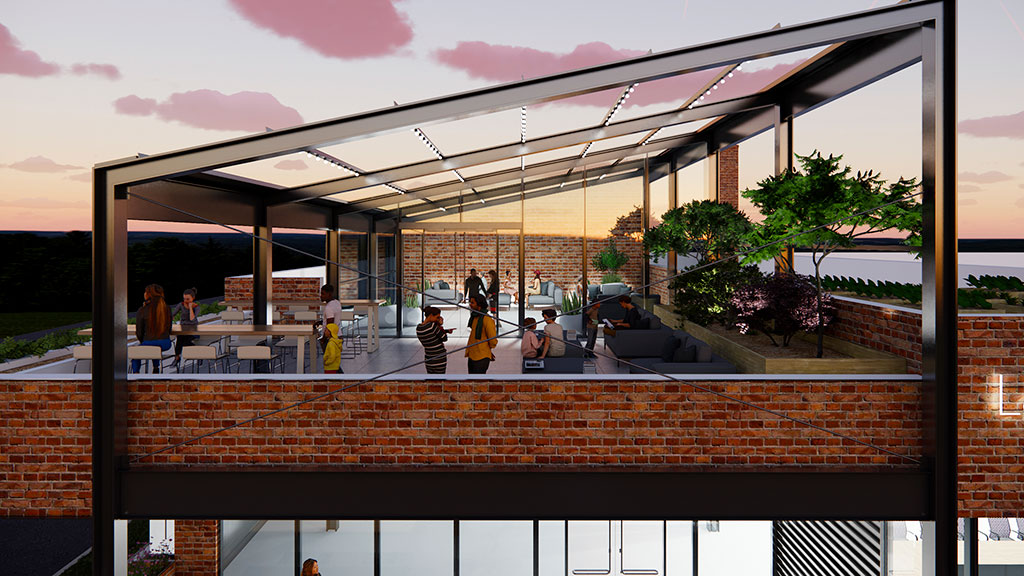
Libraries Are Crucial Social Infrastructure for the 20-Minute City
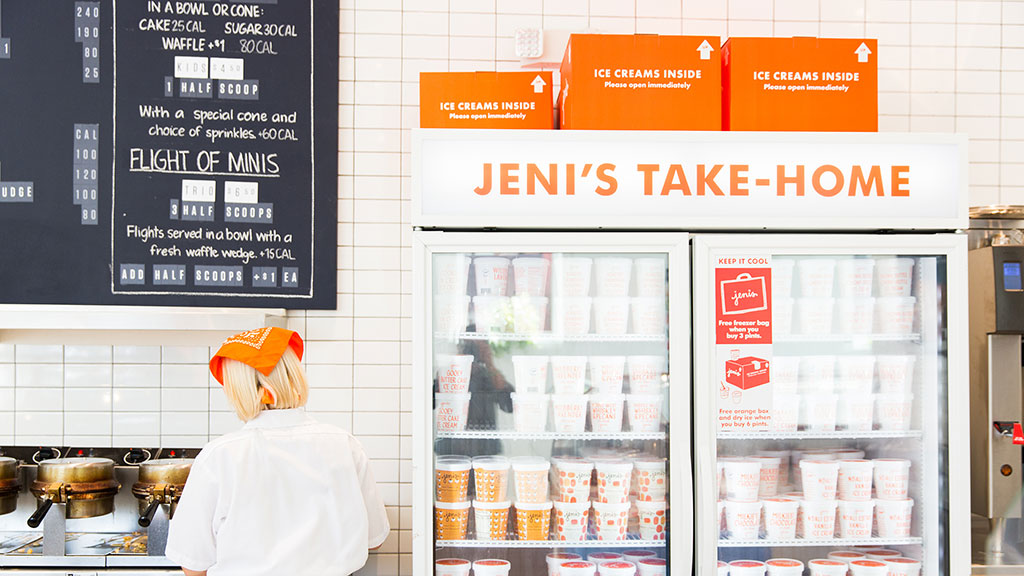
Creating Spaces That Evoke Joy Through Immersive Design
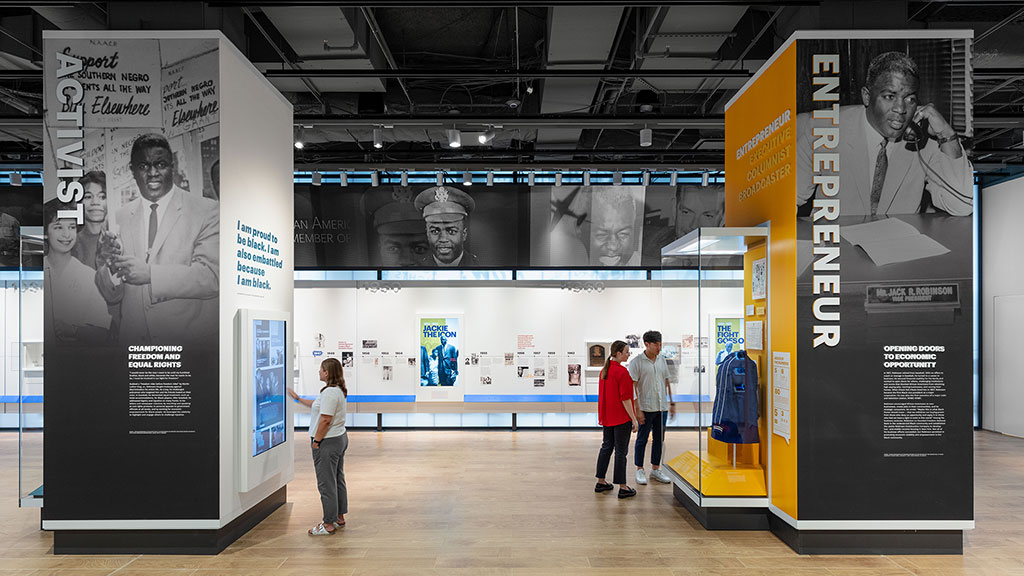
Rethinking What Museums Can Do for Communities — and How We Design Them
Cultural institutions embrace the power of analog experiences.
In a world obsessed with convenience and spectacle, museums lean into experiences that slow us down, invite reflection, and spark conversation. By creating moments of tension and curiosity, cultural institutions reassert their most essential role: to bring people together in shared exploration of what it means to be human.
Museums are living archives — evolving, participatory, and alive.
No longer fixed or finished, museums evolve with the voices and contributions of their communities. Exhibitions shift and adapt weekly or monthly, in rhythm with the world around them. Visitors are co-authors, shaping the collective story in real time. In this new model, culture is created and preserved together, in the moment.
Cultural institutions adopt an entrepreneurial spirit.
To stay vital and resilient, cultural institutions rethink what it means to sustain culture, both financially and creatively. This means reimagining land, forging partnerships, and experimenting with new economic models that align mission with impact. Design partnerships help create new systems of stewardship where culture, community, and commerce thrive together.
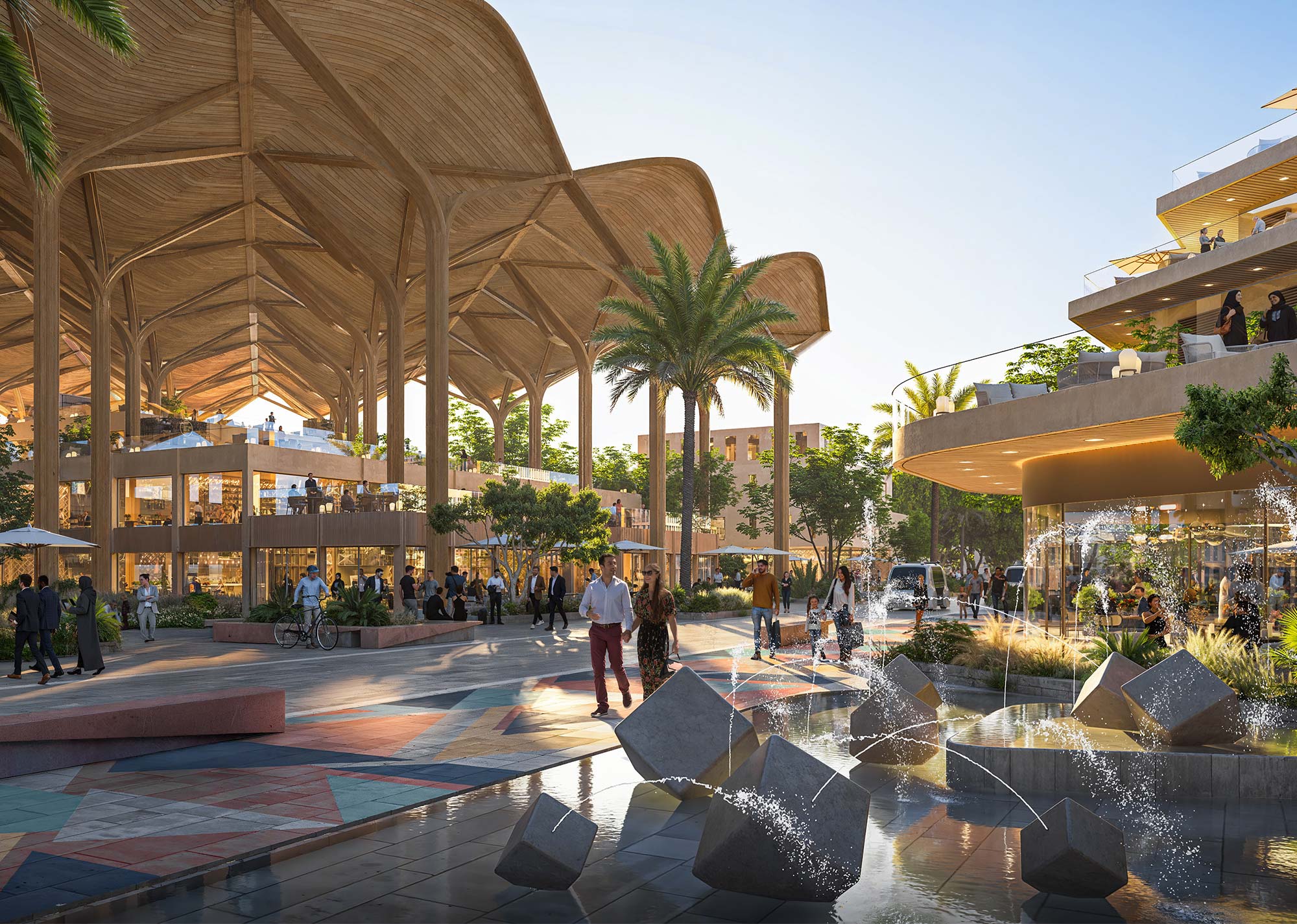
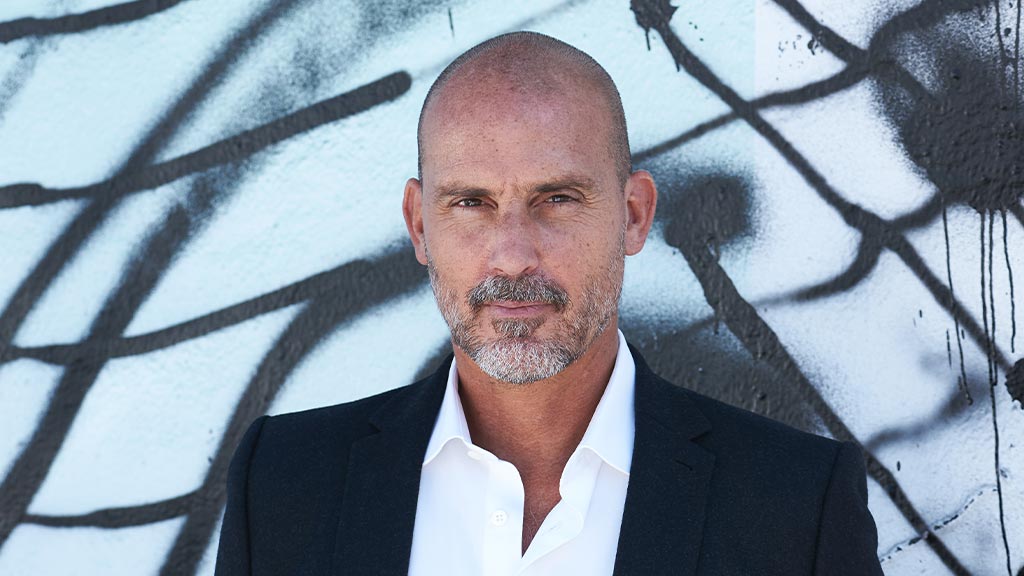
Michael Volk
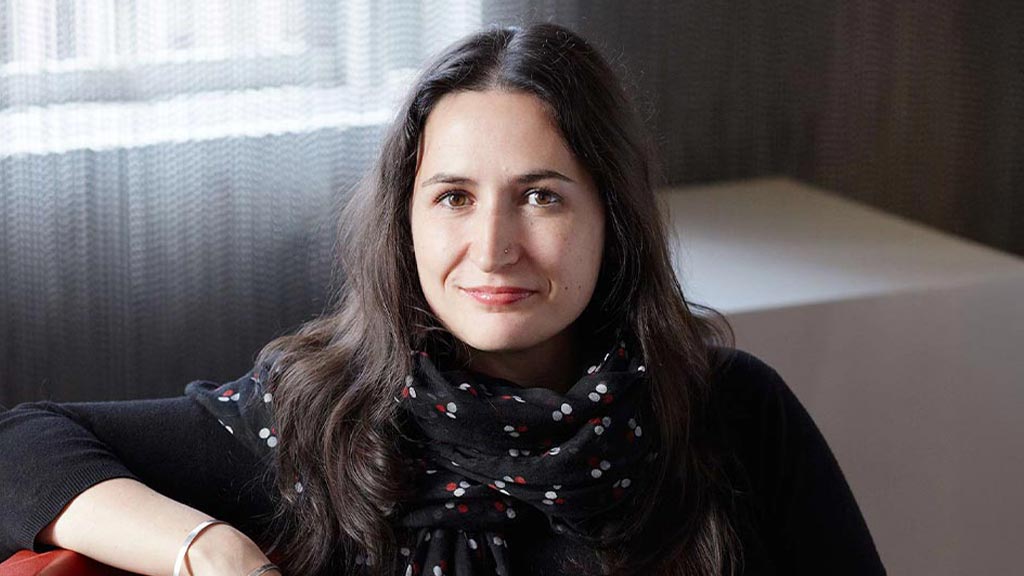
Bevin Savage Yamazaki
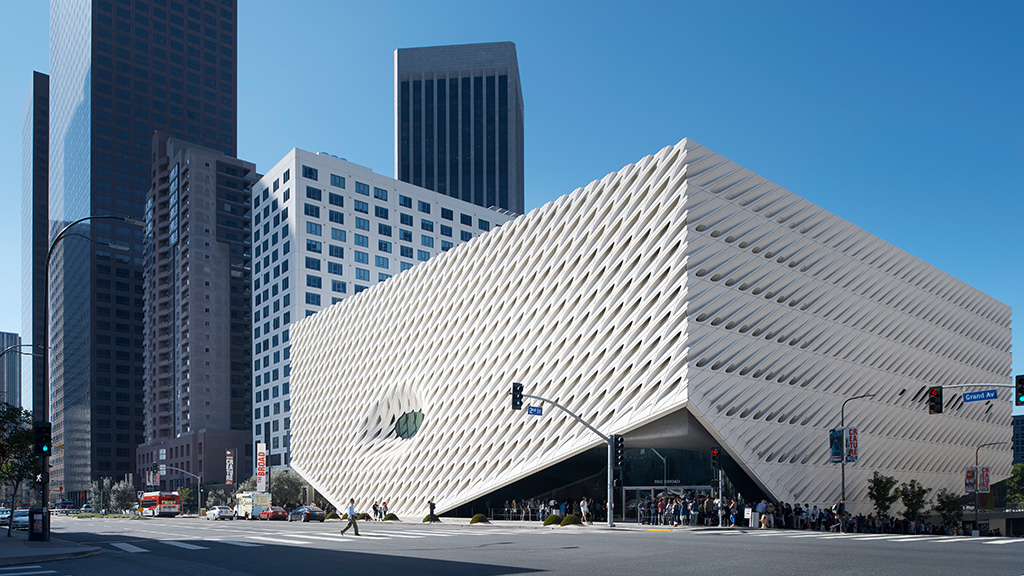
The Broad Included in the Observer’s Roundup of the World’s Most Beautiful Museums
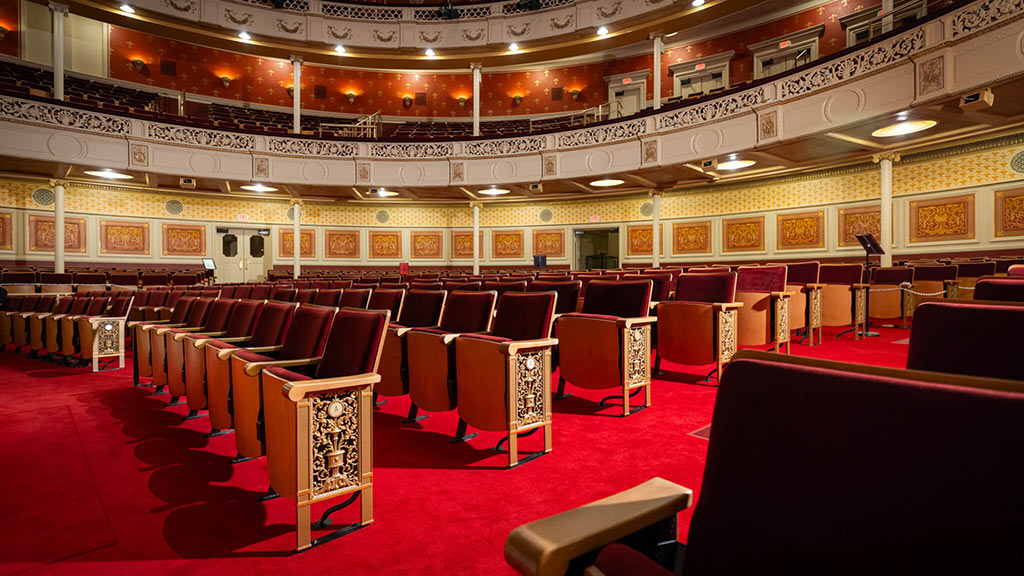
Pittburgh’s Carnegie Music Hall Reopens with Renovations by Gensler and Partners
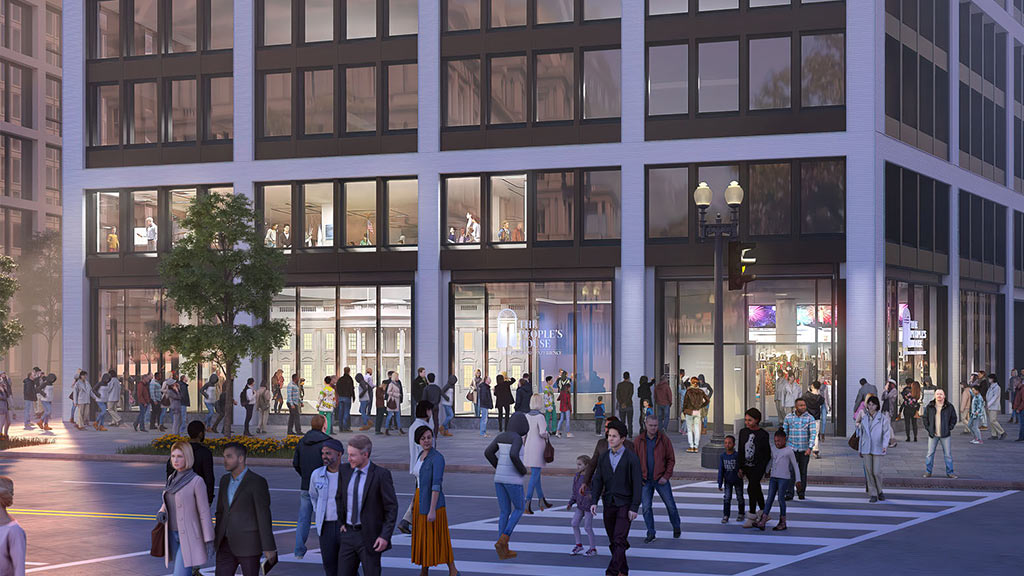
A New Interactive Education Experience Is Coming to Pennsylvania Avenue
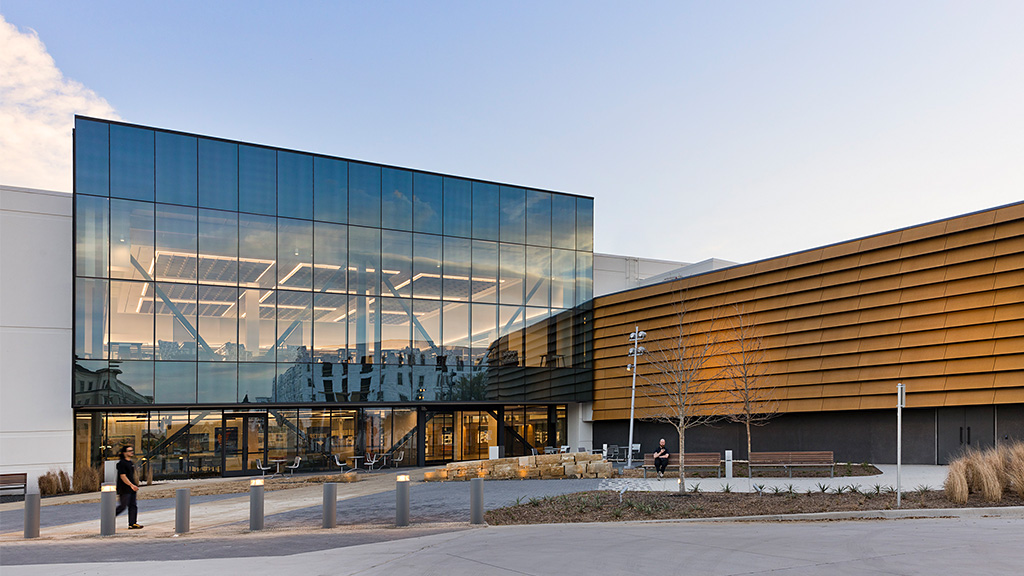
The Frisco Public Library Featured in American Libraries’ 2023 Library Design Showcase
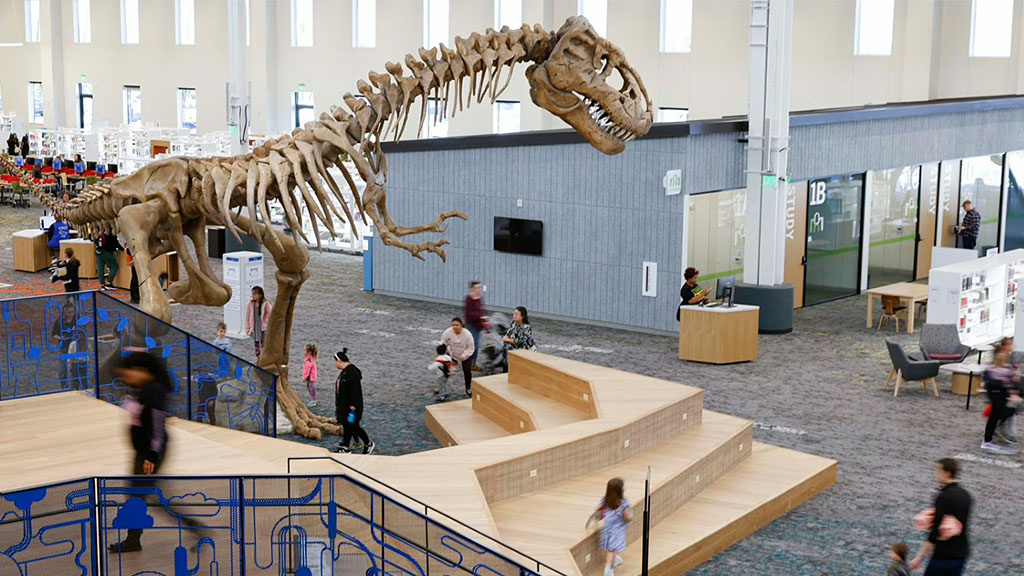
Designed by Gensler, Frisco Public Library Opens as the Sixth Largest Library in Texas
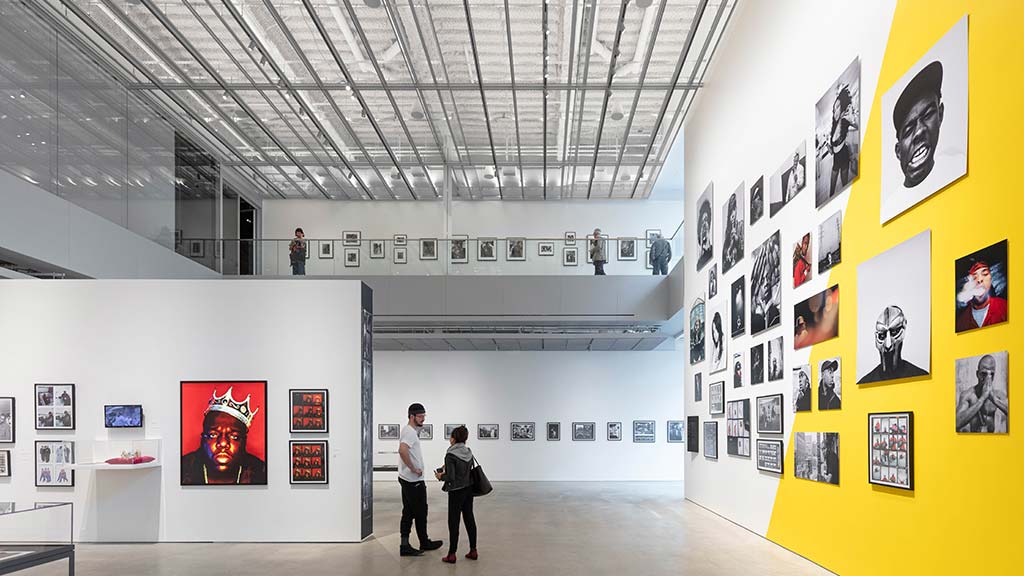
The International Center of Photography Merges its Museum and School in One Hip Locale
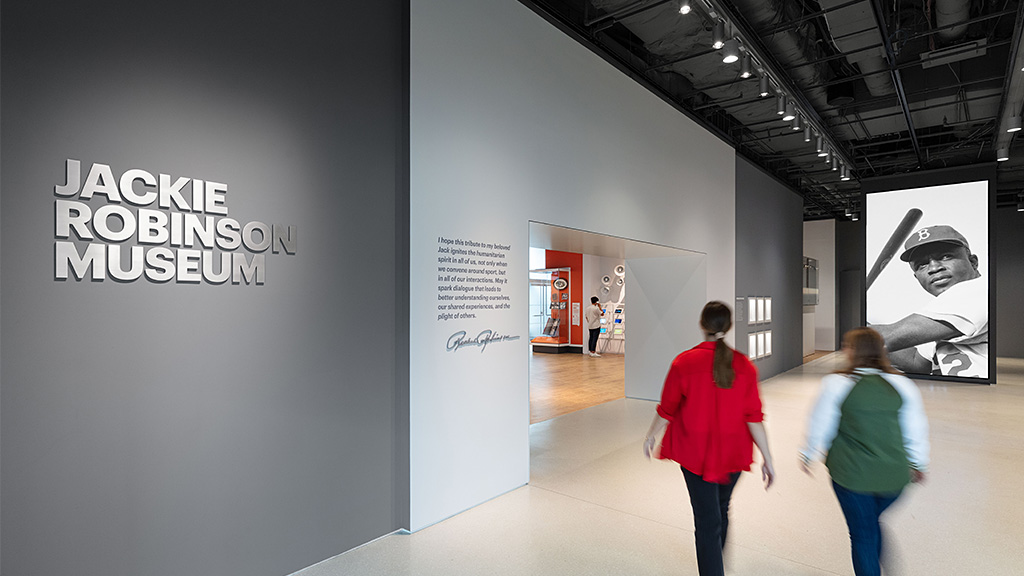
The Newly Opened Jackie Robinson Museum Focuses on Citizenship and Humanity At Large
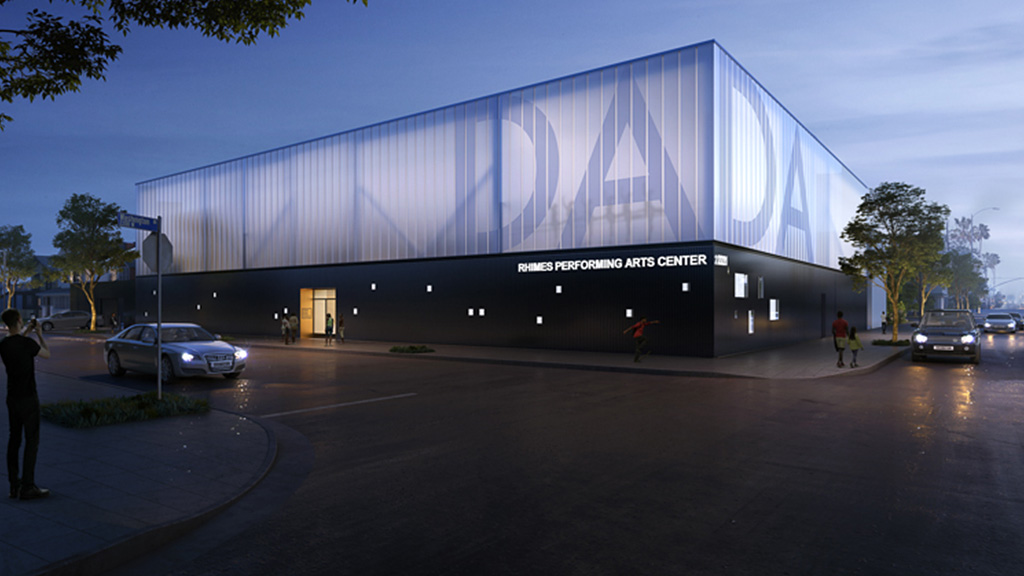
How Debbie Allen and Shonda Rhimes Built the New Home of the Debbie Allen Dance Academy
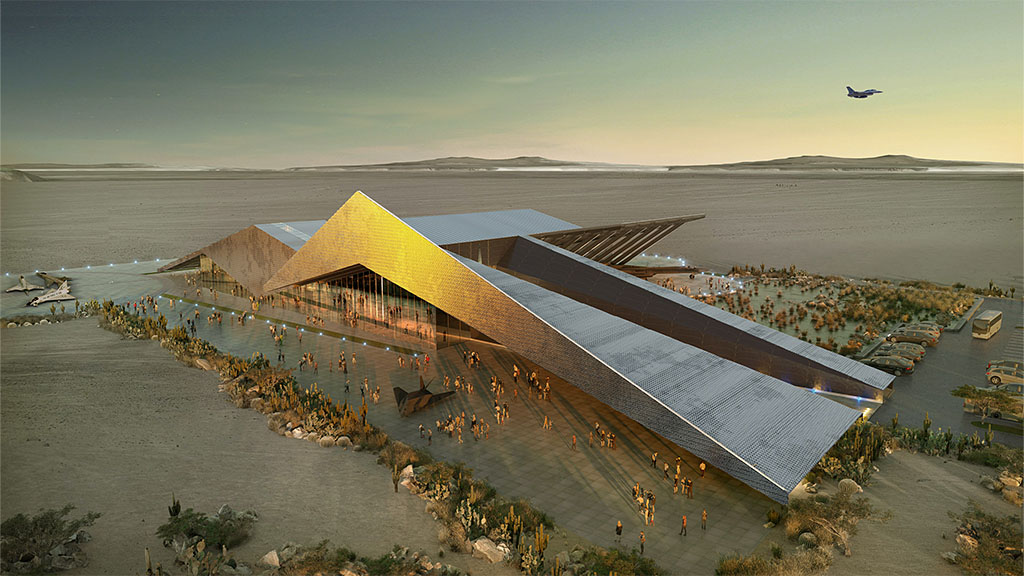
Dezeen Shared a Vision to Reimagine the Flight Test Museum in California
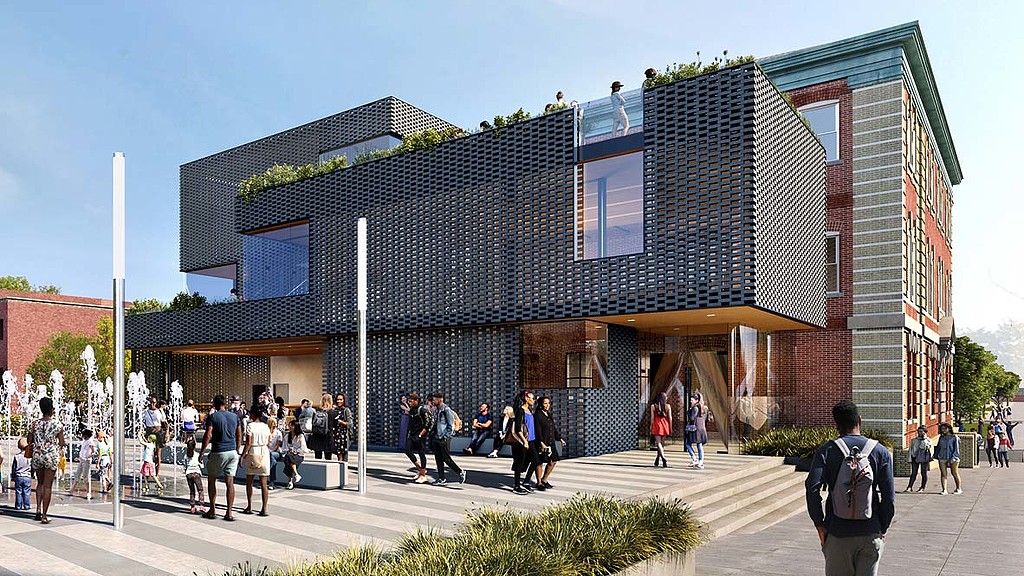
Gensler
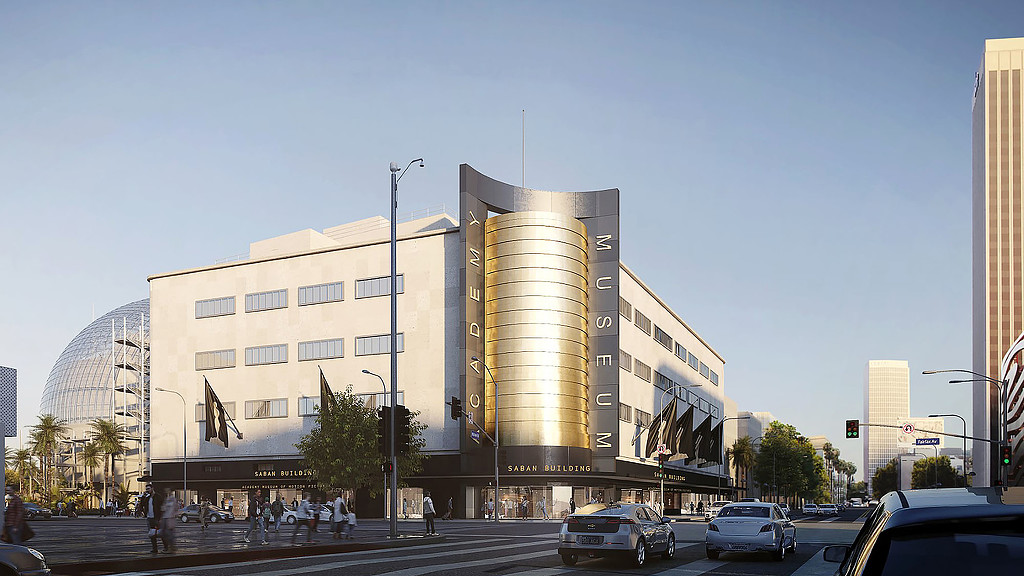
Architectural Record Spotlighted the $482 Million Museum Academy of Motion Pictures Complex
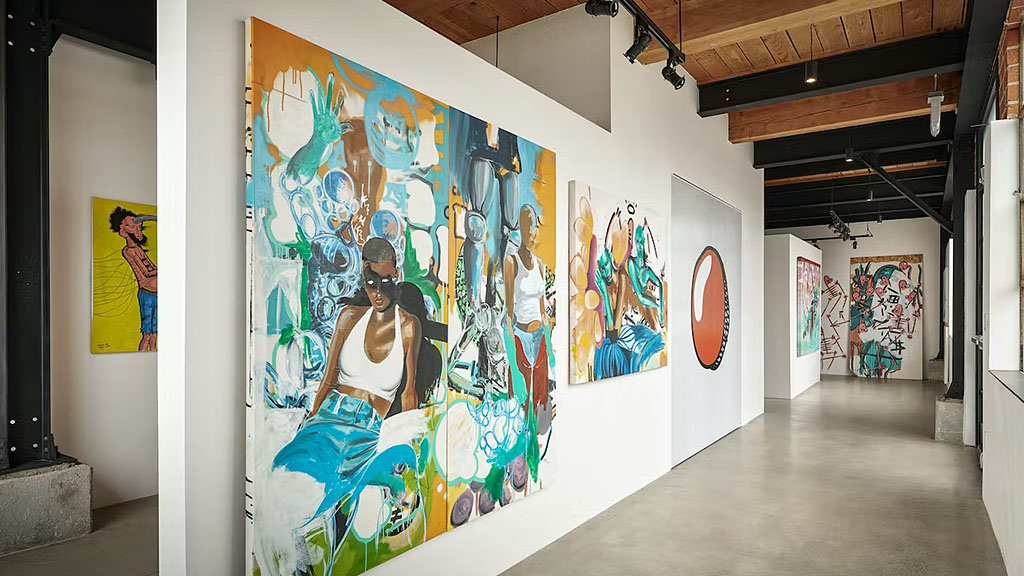
This Black-Owned and Operated Gallery in South Los Angeles Is Designed to Empower Emerging and Underrepresented Artists of Color
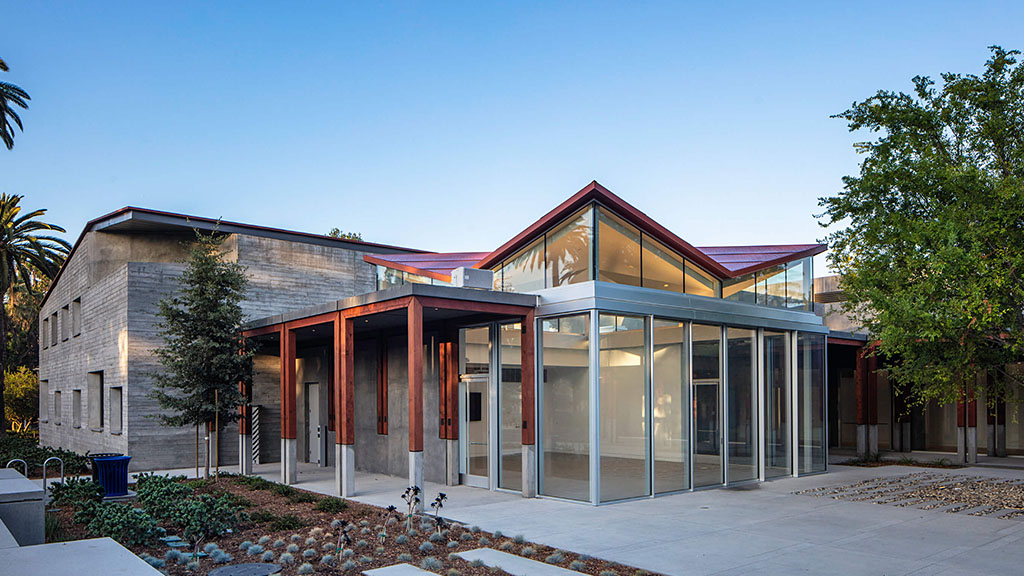
The Benton Art Museum at Pomona College Brings Mediterranean Flair

Interior Design Magazine Takes a Virtual Tour of The Academy Museum of Motion Pictures
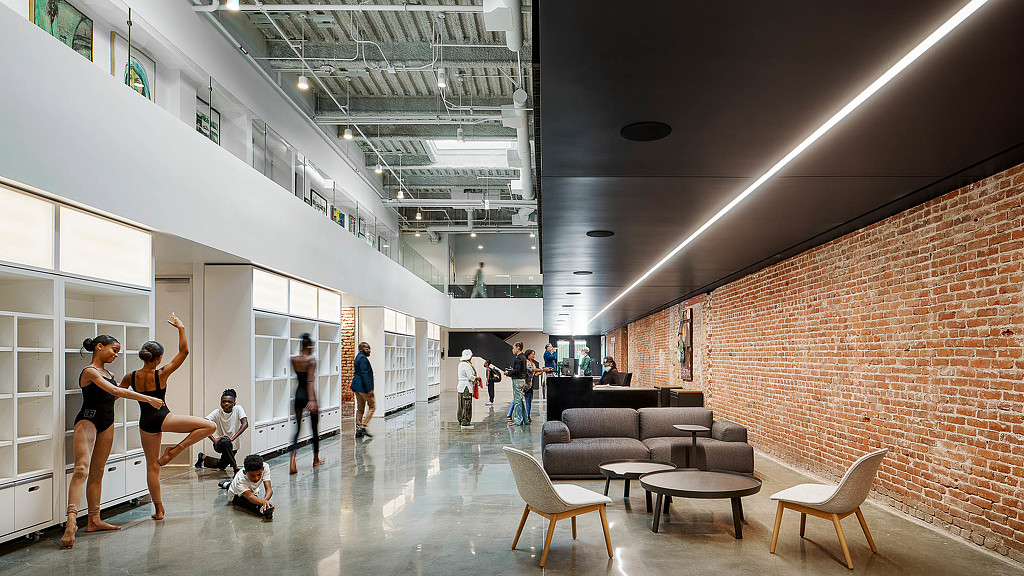
How Gensler Transformed a Former Warehouse to Create the Shonda Rhimes Performing Arts Center, Home of Debbie Allen Dance Academy
